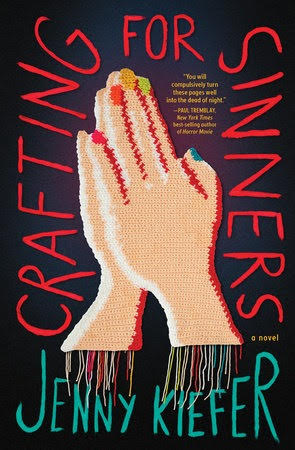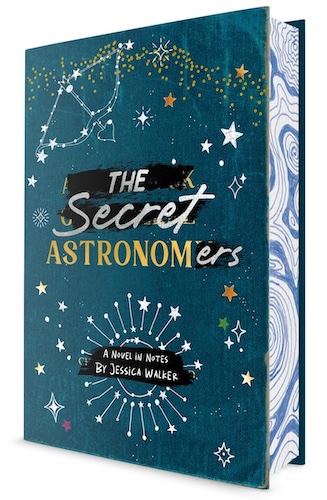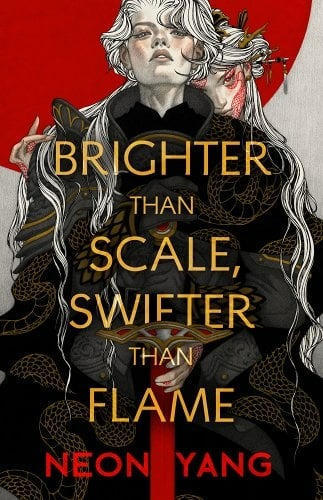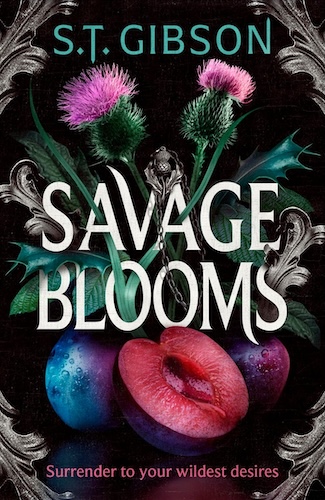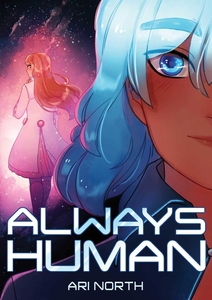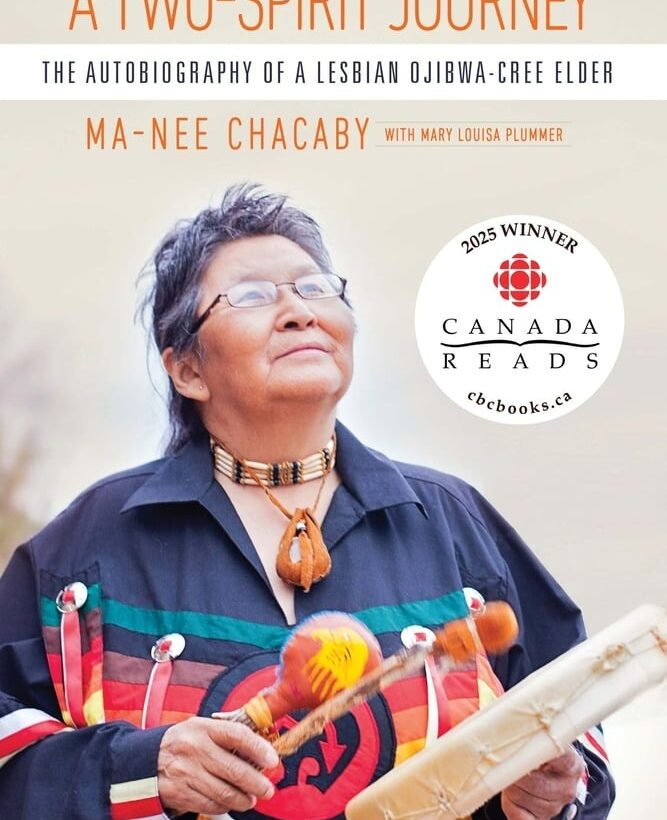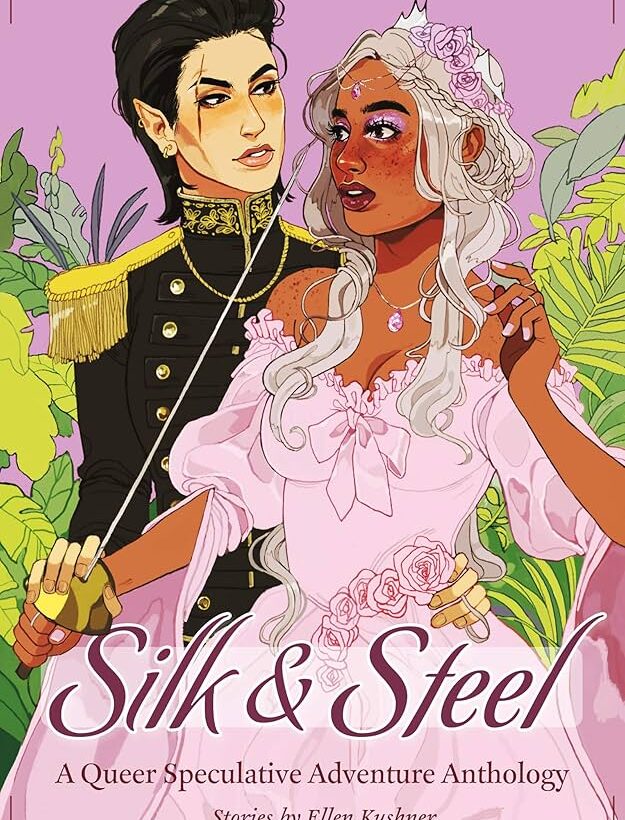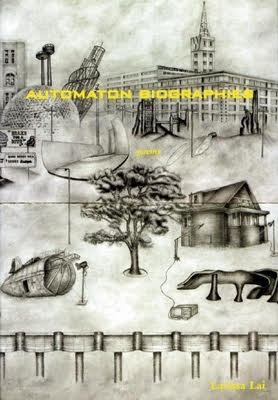Crafting for Sinners by Jenny Kiefer is both a visceral survival horror and a balm to survivors of homophobic violence perpetrated by religious institutions everywhere. Once upon a time, Ruth was engaged to a man named Charlie, on track to become a picture-perfect, god-fearing, trad wife. Until, that is, Charlie becomes increasingly more involved with NewRead More
A Queer Coming-of-Age Story Told From the Margins (Literally): The Secret Astronomers by Jessica Walker Review
I tend to take a traditional approach to fiction. I learned the three elements of a story—plot, setting, character—pretty early, and it stuck because is made sense. The Secret Astronomers by Jessica Walker is an exception. Before genre or protagonist, above theme or prose, this book’s most remarkable feature is its format. It’s a tale told inRead More
A Sapphic Dragon-Slaying Knight: Brighter Than Scale, Swifter than Flame by Neon Yang Review
In Brighter Than Scale, Swifter than Flame, Neon Yang gives us a bright, fast-paced novella about dragons and knights and clandestine feelings. I have to admit, I was initially drawn in by the luscious cover art by Tran Nguyen, featuring a tough woman in beautiful armor with a second gorgeous, tattooed woman draped over her back asRead More
A Toxic Polyamorous Bisexual Gothic Fantasy: Savage Blooms by S.T. Gibson Review
Since this is the Lesbrary, I’ll start by saying this has a M/F/M/F, bisexual, polyamorous, why choose relationship. That’s six different pairings, and the F/F relationship doesn’t get a lot of page time in this, though it’s the first book in a trilogy. I look forward to it being explored more in the next twoRead More
A Queernorm Sapphic Sci-Fi Graphic Novel: Always Human by Ari North Review
Always Human is a beautiful graphic novel by Ari North (she/her). Originally syndicated on Webtoon as a webcomic, it was later published in partnership with GLAAD. This novel is book one of a two-part series. Although it wasn’t my cup of tea, I encourage you to read it for yourself to see where you land. The novel opens inRead More
Chronic Illness in Dark Academia Fantasy: A Sharper, More Lasting Pain by Alex Harvey-Rivas Review
I feel like I need to start this review of A Sharper, More Lasting Pain by Alex Harvey-Rivas (they/them) with an unusual amount of personal context, stemming from this quoted passage: “Nine months is a long time,” she echoes. And, in this moment, it feels like a lifetime. The line stopped me short because I’m just overRead More
A Two-Spirit Journey by Ma-Nee Chacaby with Mary Louisa Plummer Review
A Two-Spirit Journey: The Autobiography of a Lesbian Ojibwa-Cree Elder by Ma-Nee Chacaby with Mary Louisa Plummer was this year’s winner of Canada Reads, and if you’re not Canadian, I can tell you that’s a big deal. It’s a TV/radio program where five “personalities” (celebrities of some kind) debate which book the country should beRead More
Rivals, Resistance, and Recovery: It’s All or Nothing, Vale by Andrea Beatriz Arango
It’s All or Nothing, Vale is a middle grade novel-in-verse about seventh grader Vale, who used to be a champion fencer. And she will be again. She will. She doesn’t need a cane. She’s definitely not disabled. In fact, she’s returning to her fencing school just this week, and she’ll make up the losses from months of no fencing, PT, surgery, and recovery.
Surprise and Delight Yourself with Silk & Steel: A Queer Speculative Adventure Anthology
This review is long overdue, considering how much I adore Silk and Steel: A Queer Speculative Adventure Anthology. Published in 2020 and edited by Janine A. Southard, this beautiful collection of seventeen stories contains “big names and bold new voices” (full author list in tags). The book features warriors and gentlewomen and centers queer women’s strength—andRead More
Must-Read Poetry Collections by Queer Women
It can be easy to feel overwhelmed during trying times, and to feel like you have less time/energy to sit down with a book and really immerse yourself in plot or nonfiction. I’ve personally always turned to poetry during periods like this, and in light of everything going on everywhere, these books have been particularlyRead More
- 1
- 2
- 3
- …
- 5
- Next Page »
